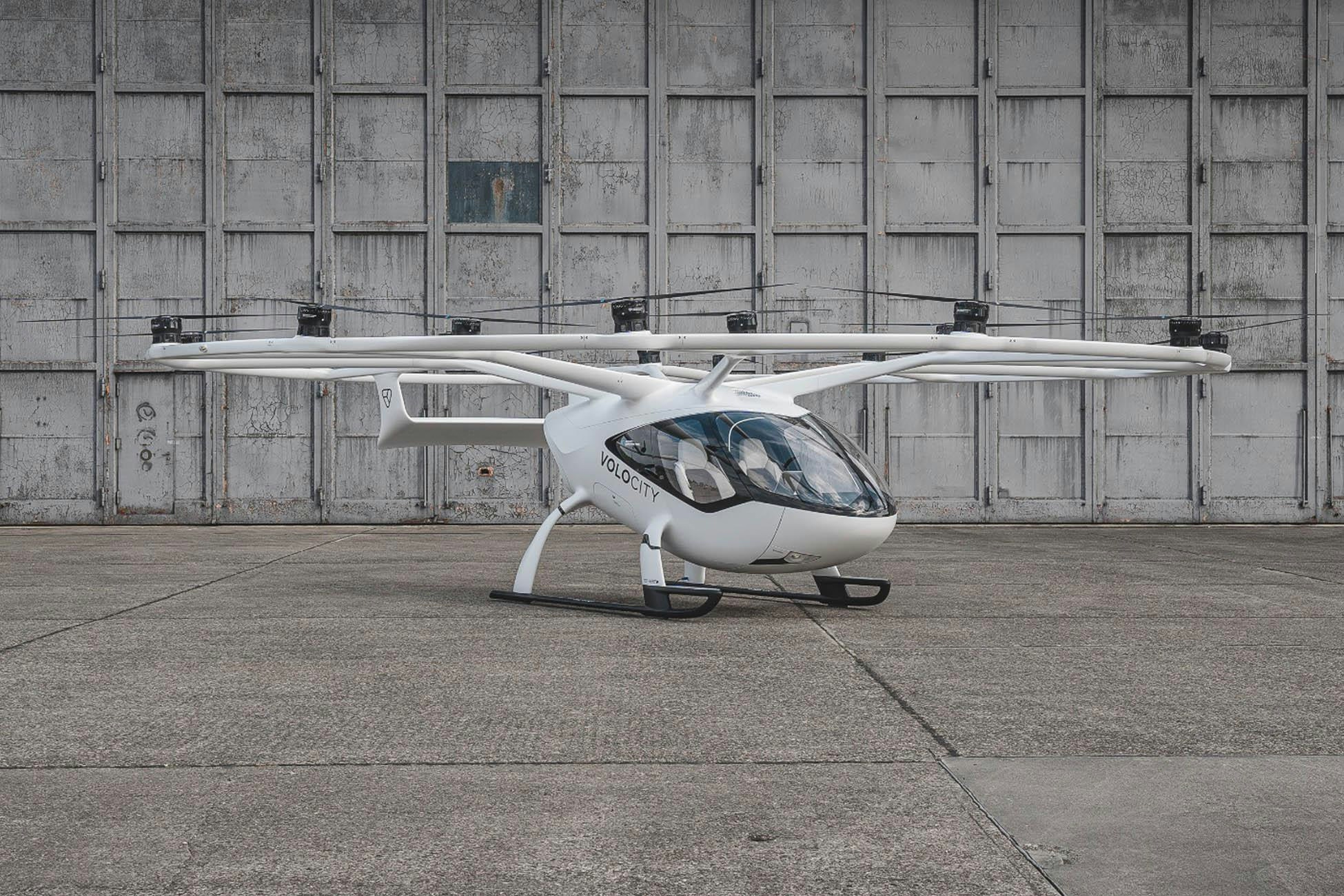
AeroGenie — Votre copilote intelligent.
Tendances
Categories
Inside the Airbus A320: The Most Successful Aircraft Family
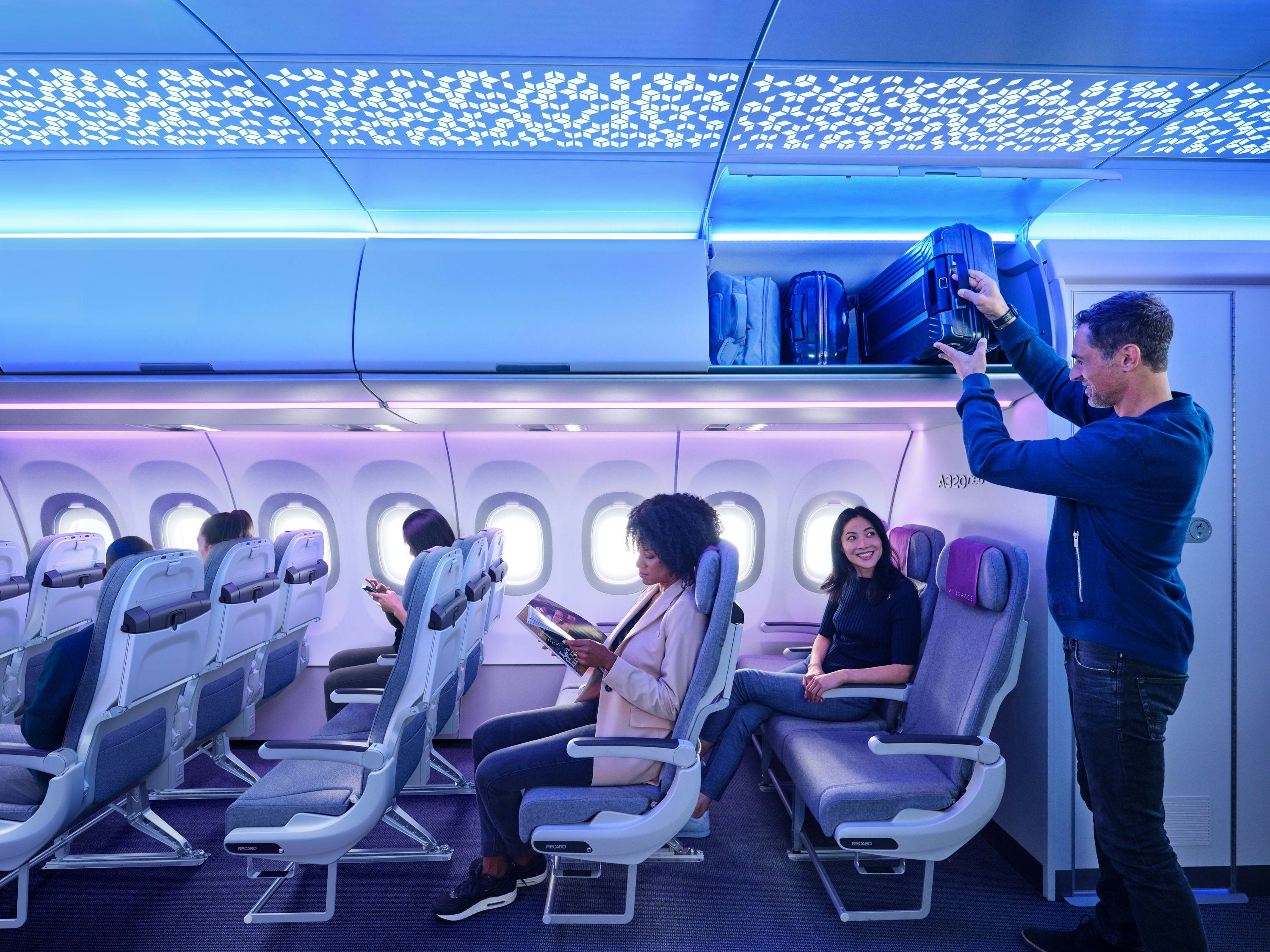
Inside the Airbus A320: The Most Successful Aircraft Family
The Airbus A320 has been a defining presence in commercial aviation for nearly four decades, evolving since its 1988 debut into the world’s best-selling aircraft family. Introduced in 1984, the A320 was Airbus’s strategic response to the dominance of American narrowbody jets such as Boeing’s 737 and the McDonnell Douglas DC-9. Today, the A320 family—which includes the A318, A319, A320, and A321—has surpassed the Boeing 737 in total sales, with over 11,000 aircraft in operation and nearly 400 operators worldwide. Its reputation for reliability and efficiency has established it as a cornerstone for airlines across the globe.
Pioneering Design and Development
Airbus, founded in 1970, initially gained recognition with its widebody models, the A300 and A310. Seeking to expand into the narrowbody market in the late 1970s, the company developed new single-aisle designs under the Joint European Transport (JET) program, targeting aircraft seating between 130 and 188 passengers. The SA2 concept ultimately evolved into the A320, while related designs gave rise to the A319 and A321 variants.
The A320 was formally launched in 1984, supported by a landmark order from Air France for 96 aircraft. The jet distinguished itself through advanced features, including pioneering fly-by-wire controls and the use of composite materials, setting it apart from its competitors. These technological innovations quickly garnered airline interest and positioned Airbus as a formidable challenger to Boeing’s market dominance.
Technical Specifications and Evolution
The A320-200, the most widely produced variant, is powered by two CFM56-5B or IAE V2500 engines. It offers a range of approximately 3,100 nautical miles (5,700 kilometers) and typically seats between 140 and 180 passengers, with a maximum capacity of 186. The aircraft has a maximum takeoff weight of 78,000 kilograms (172,000 pounds), a length of 37.57 meters (123 feet 3 inches), a wingspan of 34.10 meters (111 feet 10 inches), and a height of 11.76 meters (38 feet 7 inches). The fuselage width measures 3.95 meters (13 feet).
The A320’s maiden flight occurred in February 1987, with Air France introducing the aircraft into commercial service the following year. The original A320-100 was soon succeeded by the improved A320-200, which featured increased range, a higher maximum takeoff weight, wingtip fences, and upgraded engines. While only 21 A320-100s were produced, the -200 variant has sold over 4,500 units, underscoring its commercial success.
Innovations That Define the A320
The A320’s enduring success is largely attributed to several groundbreaking design choices. Most notably, it was the first commercial jet to incorporate a full fly-by-wire control system, replacing traditional mechanical controls with electronic interfaces—a technology adapted from military aviation. This innovation, combined with a modern cockpit design and efficient aerodynamics, has made the A320 family a preferred choice among airlines and pilots worldwide.
Current Challenges and Industry Impact
Despite its longstanding popularity, the A320 program currently faces significant challenges. An ongoing engine supply shortfall has caused production delays, prompting Airbus to consider increasing output of other models, such as the A330, to mitigate the impact. These disruptions have intensified scrutiny of Airbus’s supply chain management and may influence airline purchasing decisions. Meanwhile, competitors like Boeing are closely monitoring the situation, seeking to capitalize on delivery delays by promoting their own aircraft to affected carriers.
As Airbus works to address these issues, the A320’s legacy as a technological pioneer and commercial powerhouse remains firmly established, exemplifying the lasting influence of innovation in the aviation industry.
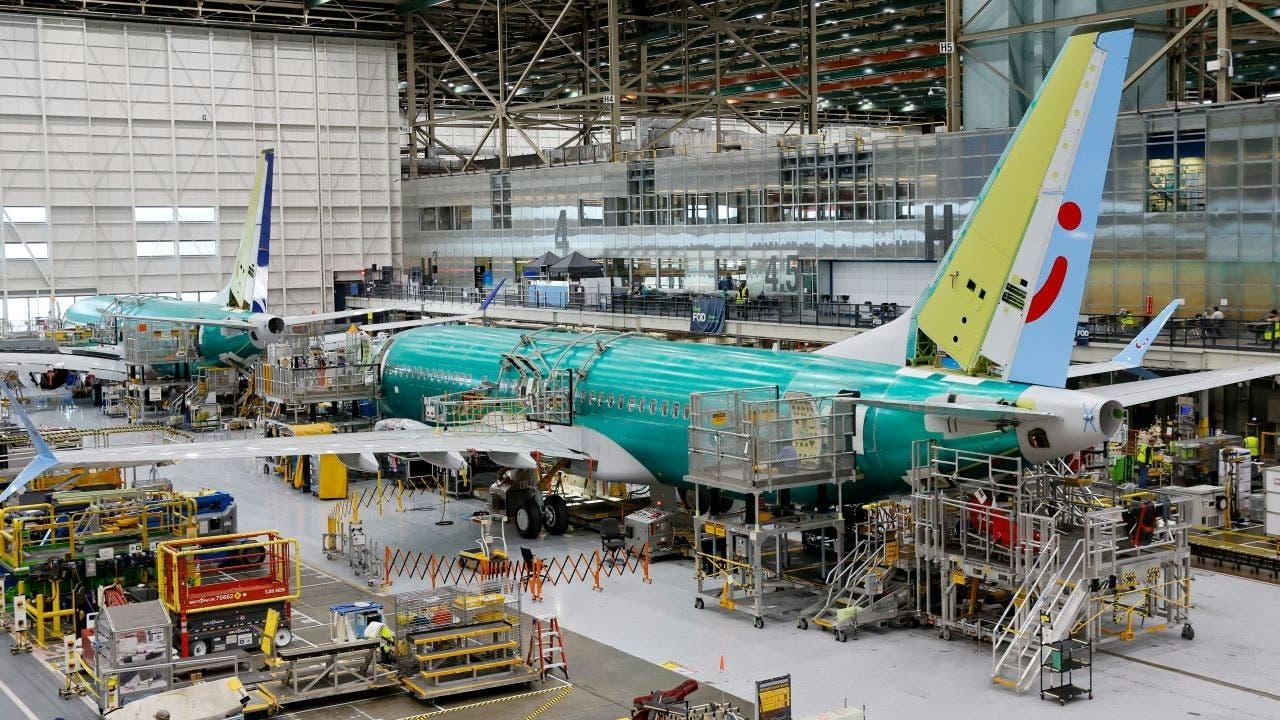
The New Aircraft Poised to Replace a Leading Narrowbody Model

The Future of Travel, According to the CEO of Europe’s Busiest Airport
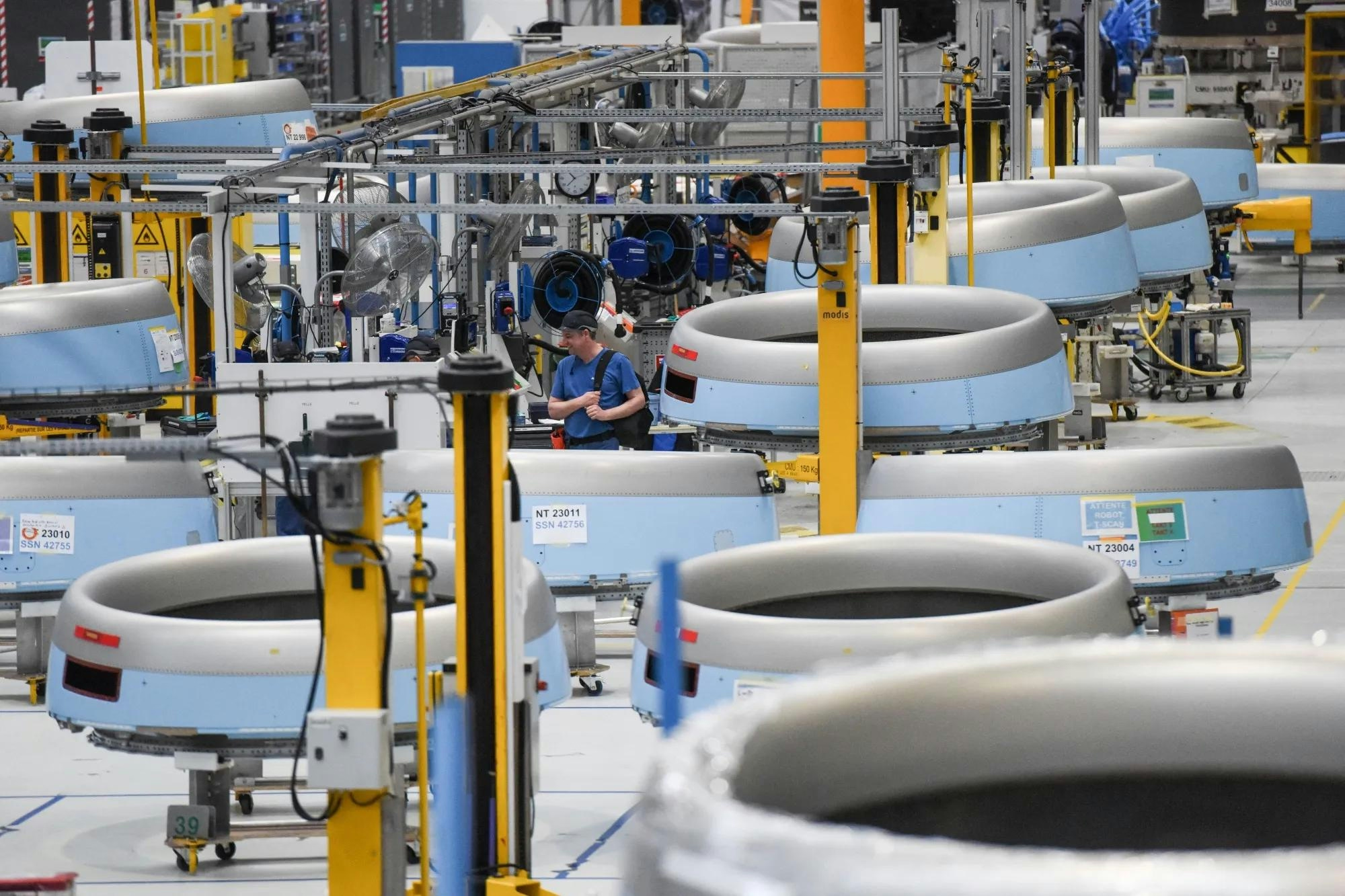
Airbus Accelerates Year-End Deliveries to Meet Targets
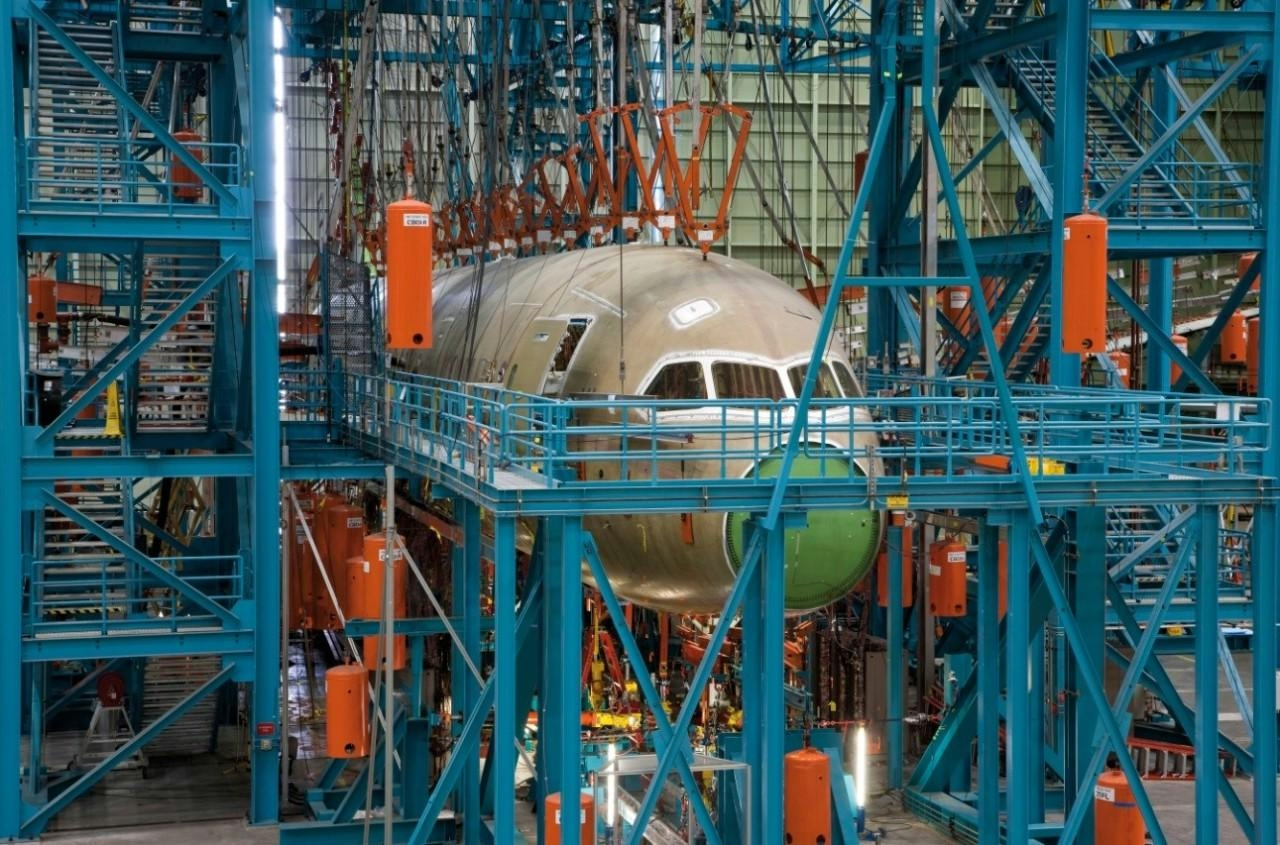
Airbus Warns Tariffs Could Disrupt U.S. Aircraft Production
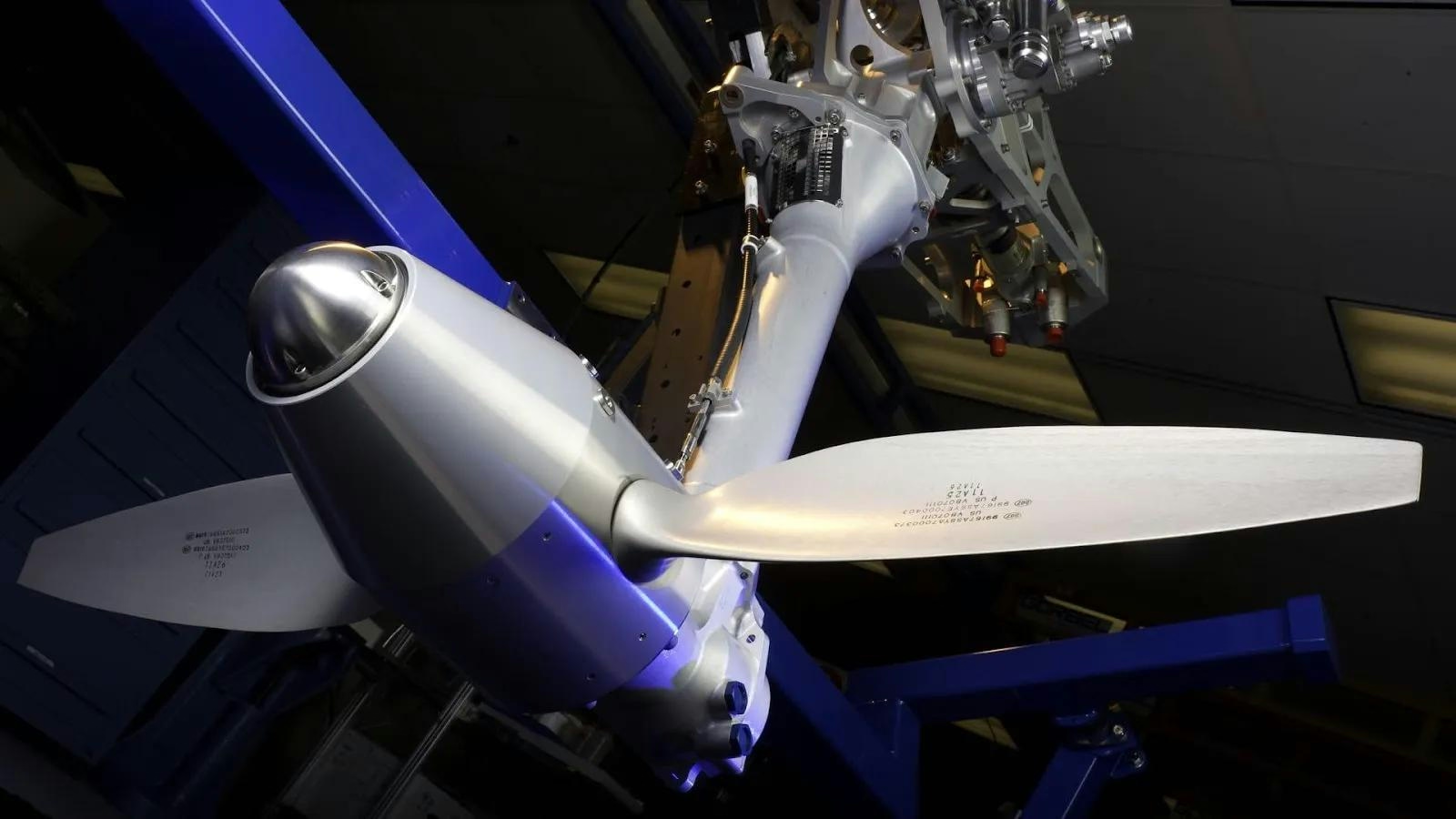
Turboprop Flight Experiences Double Engine Failure
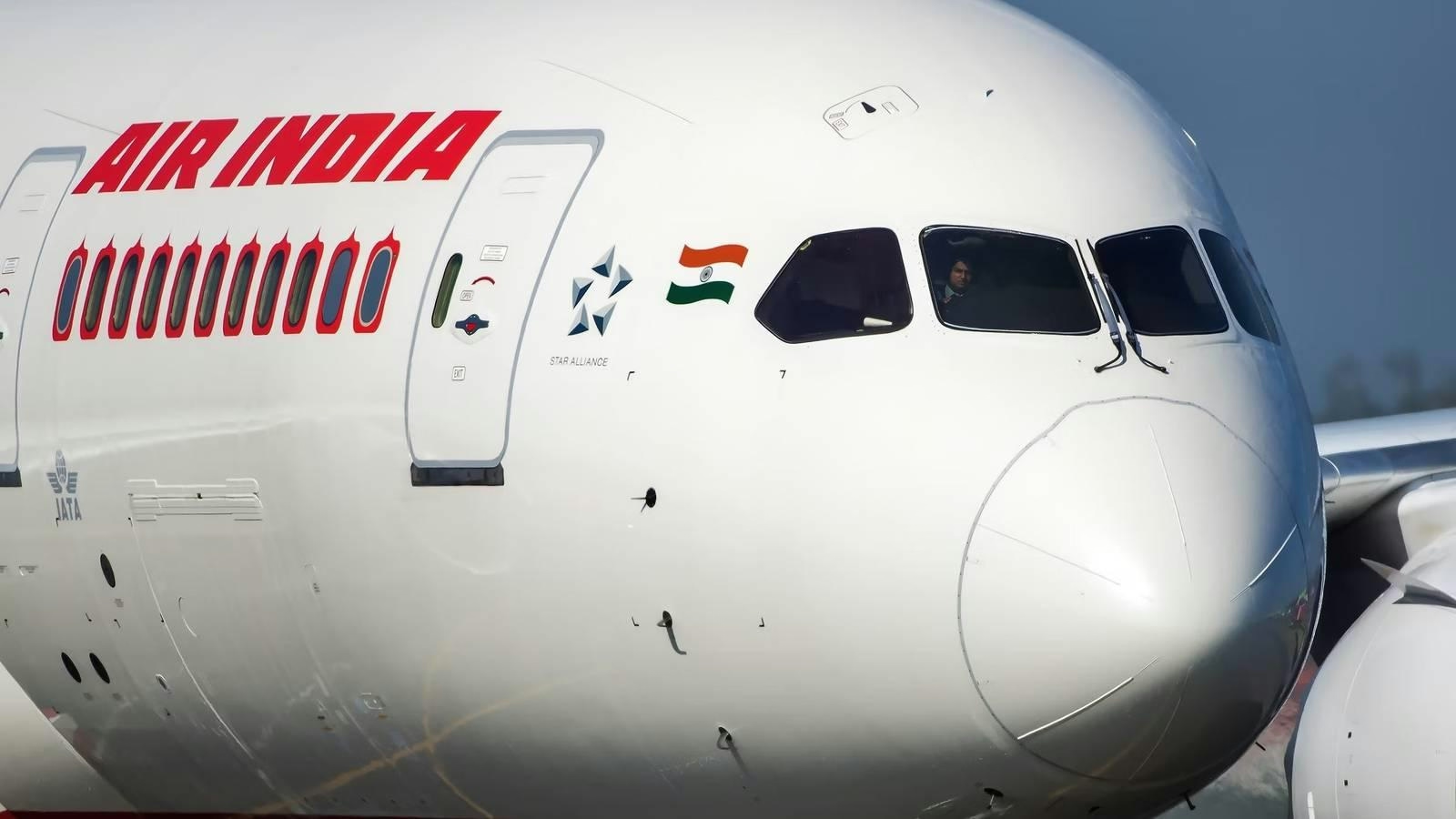
Aviation Regulator Issues Notice to Air India Over Repeated Aircraft Malfunctions

Dhruv-NG Civilian Helicopter Completes First Flight in Bengaluru

4-H Member Earns Private Pilot Certificate Through New Program
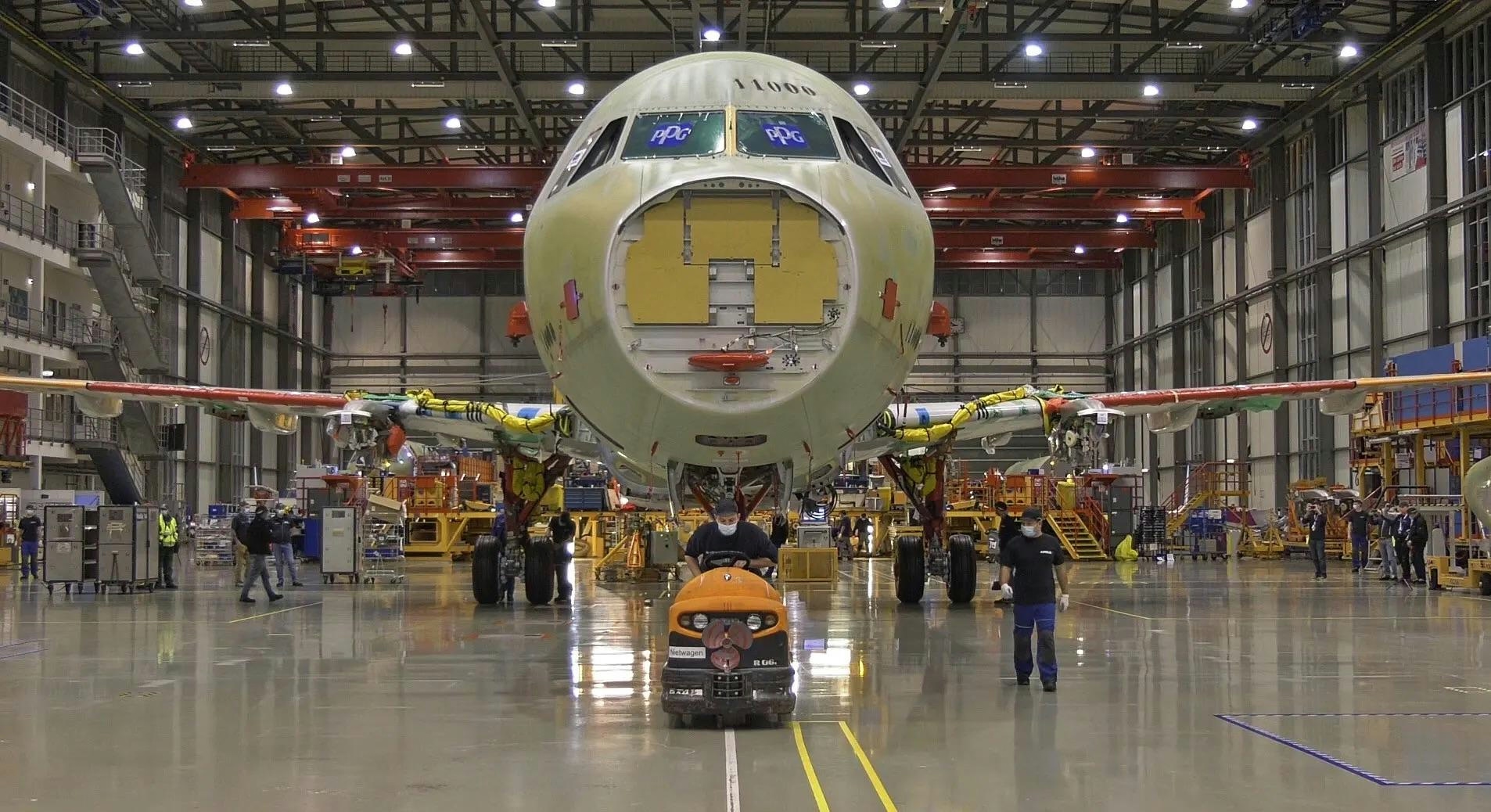
Airbus and Boeing Order Totals for 2025 Compared
